40 Sad Facts About Retirement

40 Sad Facts About Retirement
The sad state of America’s retirement preparation
As a whole, Americans are not doing a great job of saving for retirement. Additionally, Social Security isn’t likely to be enough to live on, and the program isn’t exactly on solid financial footing. With that in mind, here are 40 statistics that help paint a clearer picture about the current state of retirement in America.
Previous
Next
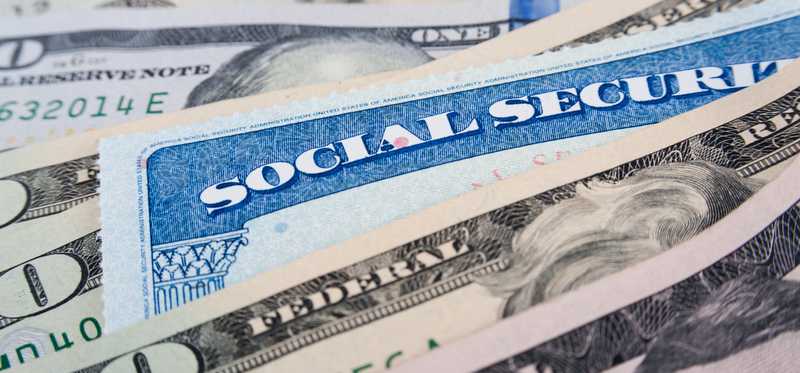
1. Social Security is only designed to replace 40% of your income
According to the Social Security Administration, just $4 out of every $10 of the average American worker’s pre-retirement salary will be replaced by Social Security retirement benefits. Since the Social Security formula is rather top-heavy, this percentage can be expected to be even lower for higher-income workers. Experts generally suggest that it takes about 80% of your pre-retirement income to sustain your lifestyle, so the rest needs to come from other sources.
Previous
Next

2. 55% of Americans stop working sooner than planned
Do you plan on working until age 65 or later? You'd be wise to financially prepare to retire a few years earlier. In fact, 55% of Americans end up retiring earlier than they would have liked, with health reasons being the number one cause. Other top reasons include an unexpected job loss and the need to care for a loved one.
Previous
Next

3. Only 25% of Americans say they don’t expect to work after retirement
To be fair, many retirees work because they want to. Studies have shown that part-time employment can help keep retirees active and decreases boredom and depression. However, there are too many retirees who work into their 70s or 80s simply because they need the money.
Previous
Next

4. Only 6 in 10 workers are saving for retirement
A recent survey by the Employee Benefit Research Institute found that only six out of every 10 workers are actively saving for retirement -- either in an employer’s retirement plan or on their own in an IRA. In other words, 40% of American workers aren’t saving anything for their retirement.
Previous
Next

5. The average American’s 401(k) balance is $104,300
Fidelity reports that the average 401(k) balance is $104,300, 13% higher than it was a year ago. This may sound like a lot, and to be fair, this includes people of all ages, not just those getting close to retirement age. Having said that, using the 4% rule of retirement savings, this amount of money can only be expected to generate $4,172 in sustainable annual retirement income.
ALSO READ: Survey: Most U.S. Workers Would Pay More for Better Retirement Benefits
Previous
Next

6. The average retirement savings for families aged 56-61 is $163,577
According to the Economic Policy Institute, the 56-61 age group (which can be considered “pre-retirees”) has an average retirement savings of $163,577. Using the 4% rule, this means that people who are reaching retirement age within the next several years only have enough savings to sustainably generate about $6,500 in annual retirement income.
Previous
Next
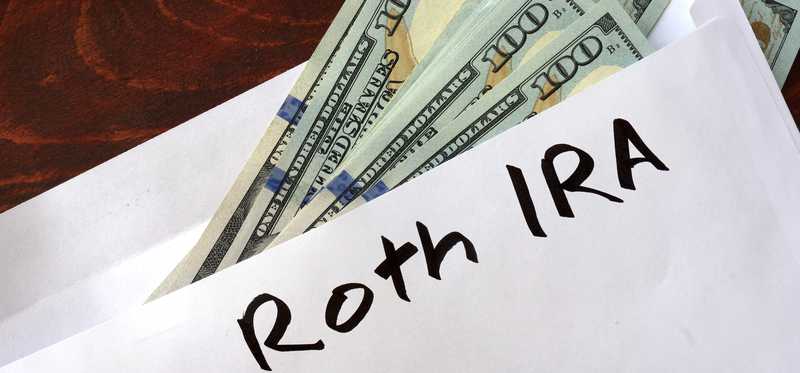
7. Only 8% of eligible Americans contribute to an IRA
According to recently-released IRS data for the 2015 tax year, only 8% of taxpayers who were eligible to contribute to an IRA chose to do so. To be fair, there are some good excuses -- such as contributing heavily to another type of retirement account like a 401(k), but this is still extremely low.
Previous
Next
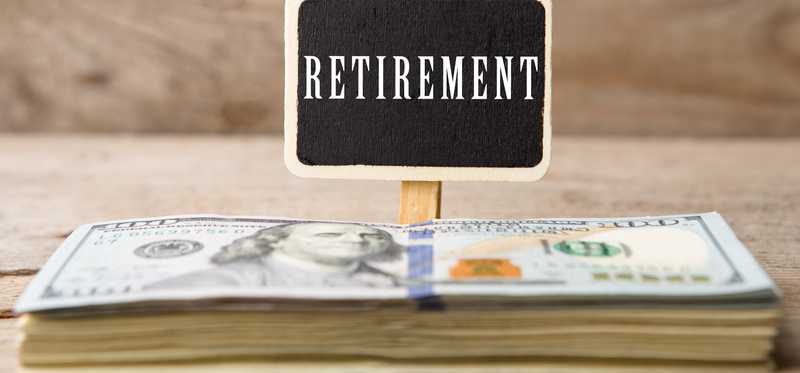
8. 20% of Americans don’t take advantage of their 401(k) match
Several different recent surveys have found that about 1 in 5 American workers who are eligible to participate in a 401(k) plan don’t take advantage of their employer’s matching contributions. This is literally the same thing as refusing a part of your salary. One common reason is that the automatic contribution rates plans use for new hires is often less than the amount the employer is willing to match.
Previous
Next
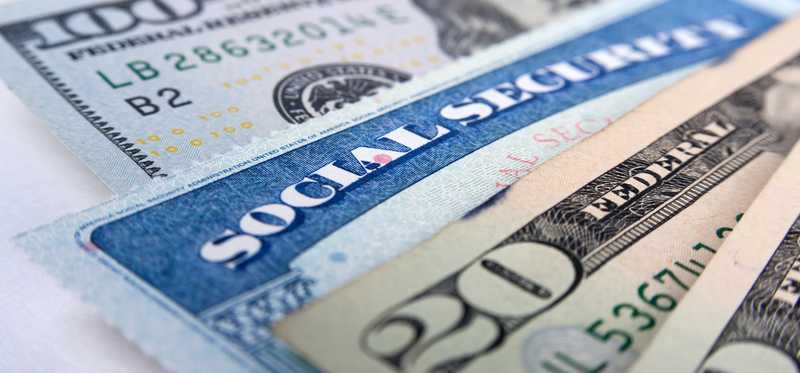
9. Social Security will run out of money in 2034
According to the most recent Social Security trustees’ report, unless taxes are increased or benefits are reduced, the Social Security trust fund will be completely depleted by 2034. If this were to happen, incoming payroll taxes would only be able to pay about 77% of benefits, so a 23% across-the-board cut would be necessary.
Previous
Next

10. By 2035, there will be just 2.2 workers contributing to Social Security per beneficiary
If there was one statistic that sums up Social Security’s financial problems, this would be it. By the time the last of the baby boomer generation reaches retirement age in 2035, there will be just 2.2 workers paying Social Security tax for every person collecting benefits. This ratio has historically ranged from 3.2 to 3.4, and was 2.8-to-1 in 2016, the last year for which finalized data is available.
Previous
Next
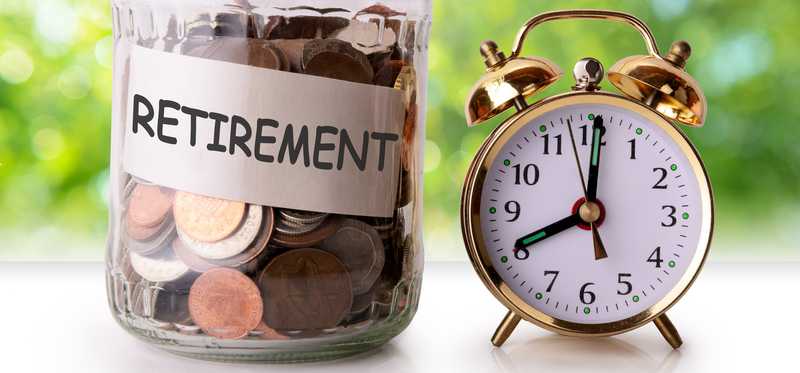
11. 33% of part-time workers have recently reduced their retirement contributions
This is nearly twice the percentage of part-timers who increased their retirement savings rate. One big reason is the lack of employer-sponsored retirement plan availability for workers who aren’t full time, and the discontinuation of the myRA savings program.
Previous
Next
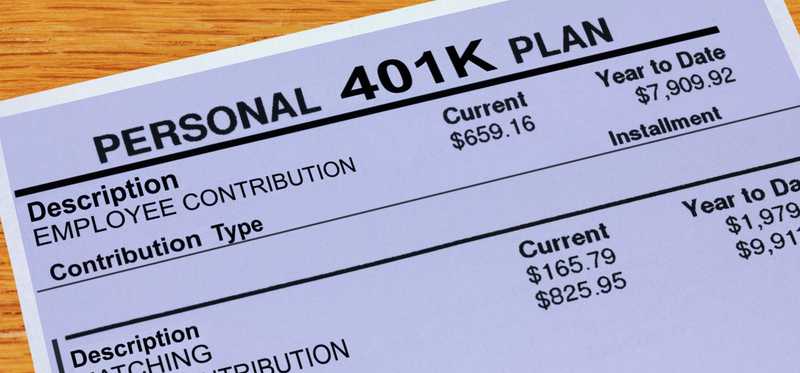
12. The average 401(k) participant contributes 6.2% of income
According to the Vanguard “How America Saves” report, the average deferral rate was 6.2% in 2016, not including employer matching contributions. This is down significantly from 6.9% in 2015, and a big reason for the decline is the rise in automatic enrollment programs, which often have default contribution rates of 3% or less. Experts generally suggest that workers should aim to defer 10% of their salary for retirement.
Previous
Next
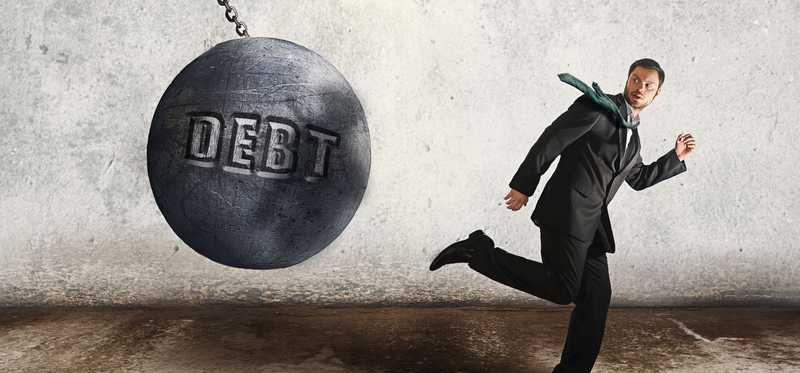
13. The average person with an outstanding 401(k) loan owes $9,700
On the surface, a 401(k) loan may sound like a good way to borrow money. After all, you’re paying yourself back with interest, right? However, keep in mind that over the long run, the stock market has generated annual returns of more than twice the average 401(k) loan interest rate -- so you could actually be depriving yourself of valuable compound gains.
Previous
Next
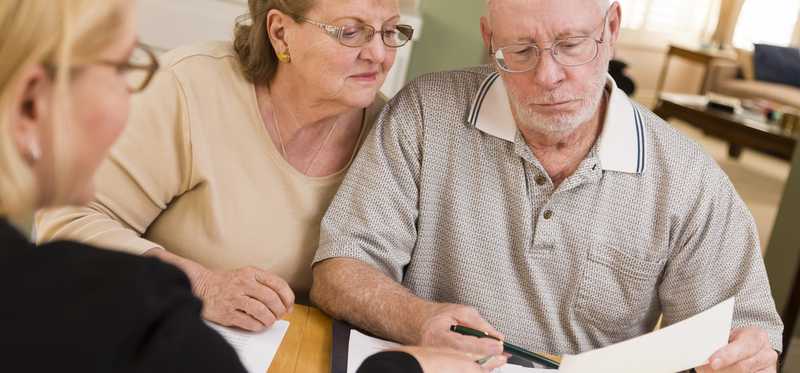
14. The average Social Security benefit is $1,409.91 for a retired worker
As of March 2018, the average retired worker gets a Social Security benefit of $1,409.91. This translates to an average annual income of less than $17,000.
Previous
Next
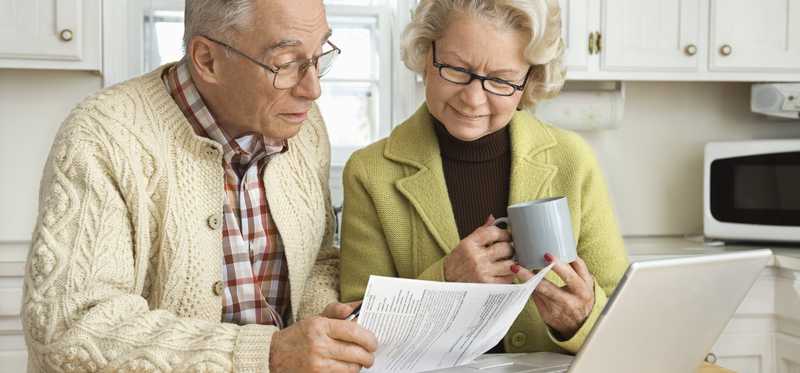
15. The median retirement savings for 56-61 year olds is $17,000
Here’s a really scary statistic. I mentioned earlier that the average retirement savings balance for this age group is $163,577. However, the median -- meaning that half have more and half have less -- is just $17,000. This indicates that the data is being skewed by a relatively small number of super-savers, while the majority of the population is in really bad shape.
Previous
Next

16. Fewer than 1 in 10 of low-income households have retirement savings
Just 8% of families in the lowest fifth of the income spectrum have any retirement account savings at all, including employer-sponsored plans, according to the Economic Policy Institute. In fact, high-income households are 11 times more likely to have retirement accounts. To be fair, the Social Security formula favors lower-income retirees, but this is still a big savings gap.
Previous
Next

17. Only 41% of African-American families and 26% of Hispanic families have retirement savings
In other words, the majority of African-American and Hispanic households have no retirement savings whatsoever. These percentages have fallen from 47% (African-American) and 38% (Hispanic) in 2007, while 65% of white families have retirement accounts, according to the EPI.
Previous
Next

18. The median retirement savings in the U.S. is just $5,000
In mathematical terms, the median means that half of the data is lower and half is higher. So, this statistic from the EPI means that half of all American households have $5,000 or less in retirement savings. For workers in the 32-37 age group, the median is a disheartening $480.
Previous
Next

19. The average retired couple will pay $280,000 in medical expenses out-of-pocket
Fidelity Investments’ recently-released estimate finds that a couple who retires at age 65 in 2018 can expect to pay $280,000 in today’s dollars to cover healthcare costs throughout their retirement. And this excludes the cost of long-term care, if it becomes necessary.
ALSO READ: How to Invest -- in Stocks, Bonds, Retirement Accounts, and More
Previous
Next
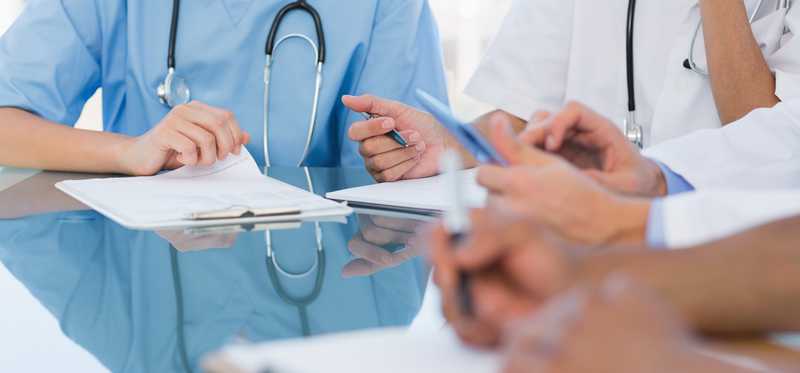
20. The average retired household spends nearly three times as much of their income on healthcare as working households
According to the Kaiser Family Foundation, retired households spend 14% of their income on healthcare, while this figure is just 5% for working households. Working adults can take advantage of savings tools like Health Savings Accounts (HSAs) to help prepare for this burden, as it doesn’t seem like healthcare is going to get cheaper anytime soon.
Previous
Next

21. 21% of married American retirees and 43% of unmarried retirees are completely reliant on Social Security
These figures are from the Social Security Administration, and “completely reliant” is defined as a beneficiary who derives at least 90% of their income from Social Security in retirement. Keep in mind that the average annual retirement benefit is $16,919 per worker. Could you live on that without any other income sources?
Previous
Next

22. The average retirement age is only 63
Many people retire earlier than planned because of health reasons, as I mentioned earlier. Unfortunately, claiming Social Security at age 63 can result in a hefty benefit reduction, especially since the full retirement age has started to gradually increase to 67.
Previous
Next

23. 1 in 4 of today’s 65-year-olds will live past 90
What’s more, in the average retired couple, the chances of one spouse making it to 90 are essentially a 50/50 shot. Americans are living longer lives, and this means that the retirement savings of people who are still working-age will need to last longer than ever before.
Previous
Next

24. 1 in 10 of today’s 65-year-olds will live past 95
The often-cited 4% rule of retirement (I’ve mentioned it several times in this slideshow) has several major flaws. One big one that matters today more than in the past is that it assumes a maximum 30-year length of retirement. Now that people are living longer lives, there’s a significant chance that your money will need to last even longer than 30 years.
Previous
Next

25. Half of Americans couldn’t handle a $400 unexpected expense without selling something or borrowing the money, according to the Federal Reserve.
From a retirement standpoint, this means that Americans are more likely to tap into their retirement savings early to help pay for emergency expenses. Or worse, this can lead to a cycle of high-interest credit card debt that can make saving money very difficult.
Previous
Next

26. Healthcare expenses are expected to increase at an average annual rate of 5.47%
This is the expected rate of healthcare cost inflation “for the foreseeable future,” according to HealthView Services. This is more than double the expected 2.6% rate of Social Security cost of living adjustments over time. So, not only is healthcare expensive for today’s retirees, it’s expected to become more of a burden in future years.
Previous
Next

27. Claiming Social Security at 62 can result in a permanent benefit reduction of as much as 30%
Think twice before you decide to take Social Security early. Your benefit will be permanently reduced by 6.67% per year for up to three years before full retirement age and another 5% per year thereafter. Since the full retirement age for people born in 1960 or later is 67, this translates to a 30% reduction at age 62.
Previous
Next
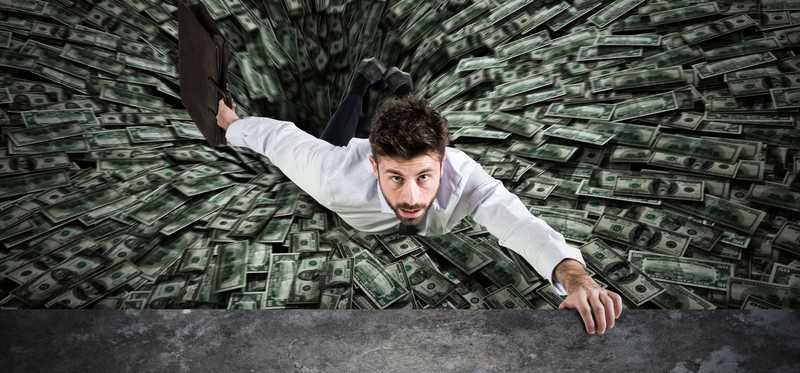
28. The retirement savings gap in the United States is estimated to be between $6.8 and $14 trillion
According to the National Institute for Retirement Security, there is a multi-trillion dollar “retirement savings gap” in America, which is the difference between what we have saved and what we should have saved. Even with the most generous methodology, which counts things like home equity as retirement assets, the shortfall is still $6.8 trillion.
Previous
Next
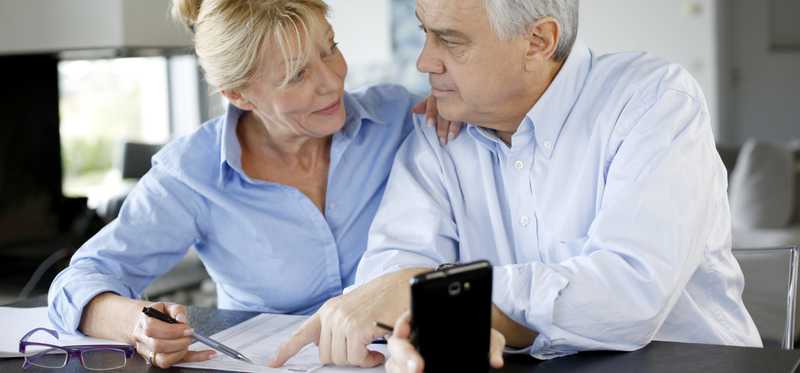
29. 76% of baby boomers are not confident that they have enough saved for retirement
According to an Insured Retirement Institute survey, 76% of Baby Boomers are not confident that they’ve set aside enough money for retirement. And when you consider the “average savings” statistics elsewhere in this slideshow, who could blame them? Of those who don’t feel they’ve saved enough, more than two-thirds wish they would have started earlier than they did.
ALSO READ: Can You Guess the Typical Millennial's Retirement Savings?
Previous
Next

30. 56% of Americans lose sleep thinking about retirement
A Ramsey Solutions study found that 56% of Americans lose sleep when they think about their retirement. In the same study, 42% of baby boomers and half of Gen-Xers said that they’re afraid of outliving their retirement savings.
Previous
Next

31. Millennials with $30,000 in student loans could retire with $325,000 less than their debt-free peers
This is according to the LIMRA Secure Retirement Institute, and the idea is that if a student with $30,000 in student loan debt had invested their monthly loan payments instead, they would end up with an additional $325,000 in retirement savings. Based on a career-starting age of 25 years old and conservative annualized investment returns of 6%, $30,000 would indeed grow into a sum of this magnitude by age 66.
Previous
Next
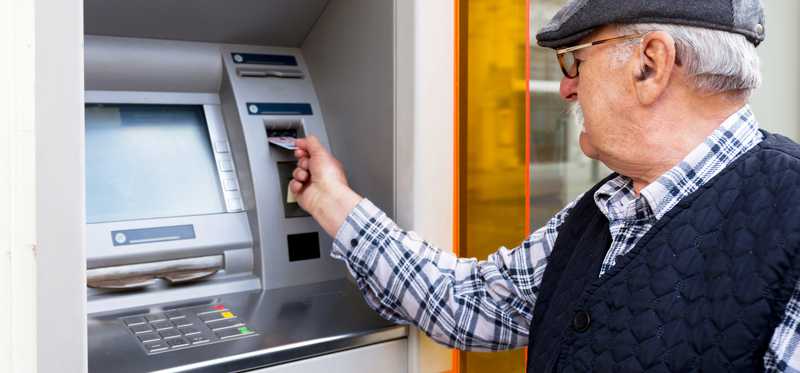
32. Social Security is responsible for keeping 27 million Americans out of poverty
According to the Economic Policy Institute, Social Security is the only reason that 27 million of America’s retirees are above the poverty line. If Social Security runs out of money in 2034 as predicted, and benefits are subsequently cut by nearly one-fourth, millions of these retirees could fall below poverty level.
Previous
Next

33. One-third of Americans have absolutely nothing saved for retirement
According to a survey by GoBankingRates.com, one in three Americans have no retirement savings whatsoever. Only 18% have $200,000 or more saved, and 56% have less than $10,000 in their retirement accounts.
Previous
Next

34. Only 18% of American workers say they’re “very” confident about having enough money for a comfortable retirement
According to a report by the Employee Benefit Research Institute, only 18% say that they’re “very confident” that they’ll have enough retirement savings. Another 42% say that they’re “somewhat confident,” but that leaves 40% of Americans who aren’t.
Previous
Next

35. Only 25% of qualified Americans are aware of the Saver’s credit
The Retirement Savings Contributions Credit, more commonly referred to as the “Saver’s Credit,” can be worth up to $1,000 in free money for low-to-moderate income individuals to save for retirement. Unfortunately, only 25% of households with annual incomes under $50,000 are even aware of the credit, according to the Transamerica Center for Retirement Studies, or TCRS.
Previous
Next

36. 20% of Americans tap into their retirement savings early, including loans and withdrawals
Cashing out your retirement savings early is one of the worst financial moves you can make. Not only will you be robbing your future self, but you can take a massive hit in taxes and penalties. For example, a $10,000 401(k) early withdrawal can easily turn into $6,500 or less by the time you actually get it.
A 401(k) loan isn’t quite as bad, but can still hurt your long-term compounding potential. About 20% of Americans are making one of these mistakes or another.
Previous
Next

37. Only 23% of large employers offer health benefits to retirees
According to a Kaiser Family Foundation report, only 23% of large (200+ workers) companies with health benefits offer retiree coverage. This is down sharply from 66% thirty years ago, and has greatly increased the financial burden on retirees.
Previous
Next

38. Medicare only covers 62% of the average American’s medical expenses
Many Americans are surprised by the extensive list of expenses that Medicare doesn’t cover. In addition to deductibles, copays, and coinsurance payments, Medicare also doesn’t pay for things like chiropractic care, home health aides, dental care, eye exams and glasses, hearing aids, and more.
ALSO READ: This Bipartisan Bill Could Change Americans' Retirement Options
Previous
Next

39. The average cost of one year of long-term care is $72,635
If you or your spouse end up needing long-term care, such as an extended stay in a nursing home or regular in-home care, it can deplete your retirement nest egg quickly. Keep in mind that this is just an average, according to Genworth -- a nursing home stay for one year can easily soar into the six-figure range. Long-term care insurance isn’t cheap either, as the average 65-year-old couple will pay $4,675 per year for a policy.
Previous
Next

40. Only 5% of employers still offer defined benefit (pension) plans to new employees
Between 1998 and 2015, the percentage of employers who still offered traditional pension plans fell from 50% to 5%, according to Willis Towers Watson. As a result of a massive wave of pension fund shortages, many companies chose to ditch pensions in favor of 401(k) and similar retirement plans.
Previous
Next

The sad state of retirement
As you can see, Americans have a serious problem when it comes to saving for retirement. The good news is that the younger generations seem to be doing a better job than their older counterparts, but America’s “retirement crisis” remains very real.
The Motley Fool has a disclosure policy.
Previous
Next
Invest Smarter with The Motley Fool
Join Over Half a Million Premium Members Receiving…
- New Stock Picks Each Month
- Detailed Analysis of Companies
- Model Portfolios
- Live Streaming During Market Hours
- And Much More
READ MORE
HOW THE MOTLEY FOOL CAN HELP YOU
-
Premium Investing Guidance
Market beating stocks from our award-winning service
-
The Daily Upside Newsletter
Investment news and high-quality insights delivered straight to your inbox
-
Get Started Investing
You can do it. Successful investing in just a few steps
-
Win at Retirement
Secrets and strategies for the post-work life you want.
-
Find a Broker
Find the right brokerage account for you.
-
Listen to our Podcasts
Hear our experts take on stocks, the market, and how to invest.
Premium Investing Services
Invest better with The Motley Fool. Get stock recommendations, portfolio guidance, and more from The Motley Fool's premium services.